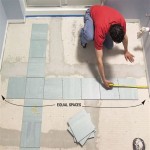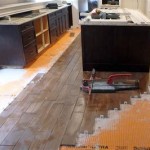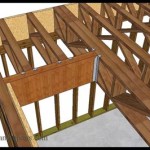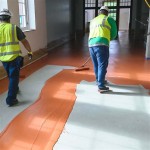Laminate Flooring Formaldehyde Levels: Understanding the Risks and Choosing Safe Options
Laminate flooring has become a popular choice for homeowners due to its affordability, durability, and attractive appearance. However, concerns have arisen regarding the potential presence of formaldehyde in laminate flooring, a chemical that can be harmful to human health. This article aims to shed light on the issue of formaldehyde levels in laminate flooring, exploring its potential risks, factors influencing formaldehyde emissions, and strategies for selecting safer options.
Understanding Formaldehyde and Its Health Impacts
Formaldehyde is a colorless, pungent gas commonly used in the manufacturing of various products, including building materials like plywood, particleboard, and laminate flooring. While formaldehyde is considered a volatile organic compound (VOC), it can pose health risks when inhaled in excess. Short-term exposure to high levels of formaldehyde can cause eye, nose, and throat irritation, coughing, and headaches. Long-term exposure may lead to more severe health issues, including respiratory problems, asthma, and even cancer.
Factors Influencing Formaldehyde Levels in Laminate Flooring
Formaldehyde levels in laminate flooring can vary depending on several factors:
- Manufacturing process: The amount of formaldehyde used in the manufacturing process can directly affect the final product's formaldehyde content. Some manufacturers employ techniques that minimize formaldehyde emissions.
- Core material: The core material of laminate flooring, often made from particleboard or fiberboard, can influence formaldehyde levels. Particleboard generally contains higher levels of formaldehyde compared to fiberboard.
- Finish: Certain finishes, such as melamine or other synthetic coatings, may contain formaldehyde. These coatings are applied to protect the surface of the laminate flooring.
- Age of the flooring: As laminate flooring ages, it gradually releases less formaldehyde.
- Environmental factors: Temperature and humidity can influence formaldehyde emissions. Higher temperatures and humidity levels tend to increase formaldehyde levels.
It is essential to consider these factors when choosing laminate flooring to minimize potential risks associated with formaldehyde exposure.
Strategies for Selecting Safe Laminate Flooring
Several strategies can help homeowners choose laminate flooring with lower formaldehyde levels:
- Look for certifications: Certifications from reputable organizations, such as CARB (California Air Resources Board) phase 2 or GREENGUARD, indicate that the flooring meets specific standards for formaldehyde emissions. These certifications provide assurance that the product emits low levels of formaldehyde.
- Choose formaldehyde-free or low-formaldehyde options: Some manufacturers offer laminate flooring specifically designed with low or no formaldehyde content. Inquire about the formaldehyde content of the flooring before purchasing.
- Consider natural alternatives: While not strictly laminate flooring, natural alternatives like bamboo or cork flooring provide an eco-friendly option without formaldehyde concerns.
- Proper ventilation: Ensure adequate ventilation in the room where the laminate flooring is installed. This helps to dissipate any formaldehyde released from the flooring.
- Air purifiers: Using an air purifier with a HEPA (High-Efficiency Particulate Air) filter can help remove formaldehyde from the air.
By following these guidelines, homeowners can make informed decisions about choosing laminate flooring that minimizes formaldehyde exposure risks.
Conclusion
Formaldehyde is a potential concern associated with laminate flooring, but by understanding the factors influencing formaldehyde levels and implementing strategies to mitigate risks, homeowners can make informed choices about their flooring options.

Is Laminate Flooring Toxic How Long It Emits Gas Floor Techie

Should You Be Concerned About Formaldehyde In Laminate Flooring

Non Toxic Laminate Flooring Brands Formaldehyde Free My Chemical House

Formaldehyde In Some Laminate Flooring How To Limit Exposure

Formaldehyde Emissions From Lumber Liquidators Laminate Flooring Iit Iaq Blog

Laminate Flooring Formaldehyde Concerns Where To Test Levels

Formaldehyde In Flooring Laminate And Floating Floor Problems

Laminate Floors May Contain Harmful Levels Of Formaldehyde
Formaldehyde Could Be Lurking In Your Floors How Bad Is That

Formaldehyde In The Floor Drweil Com
Related Posts








